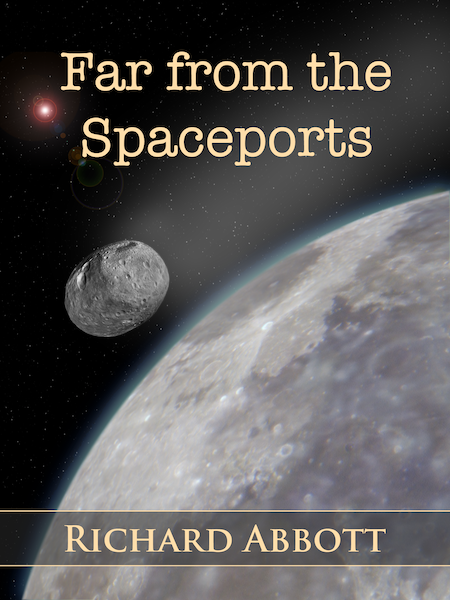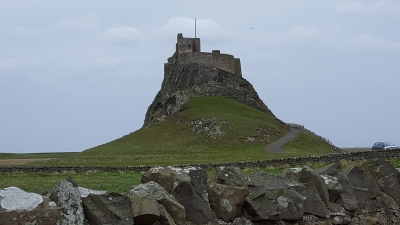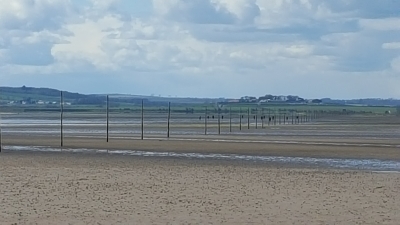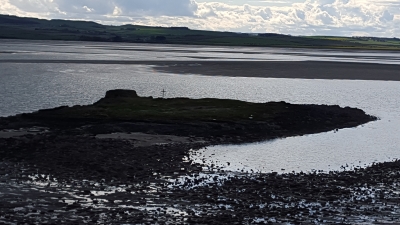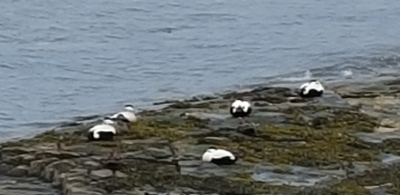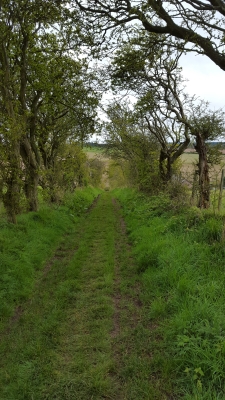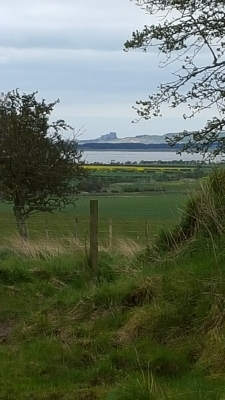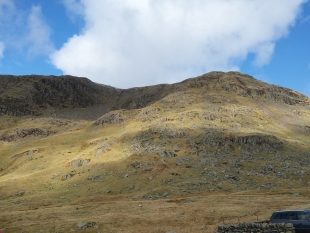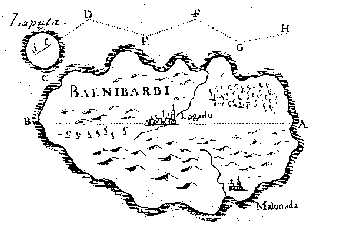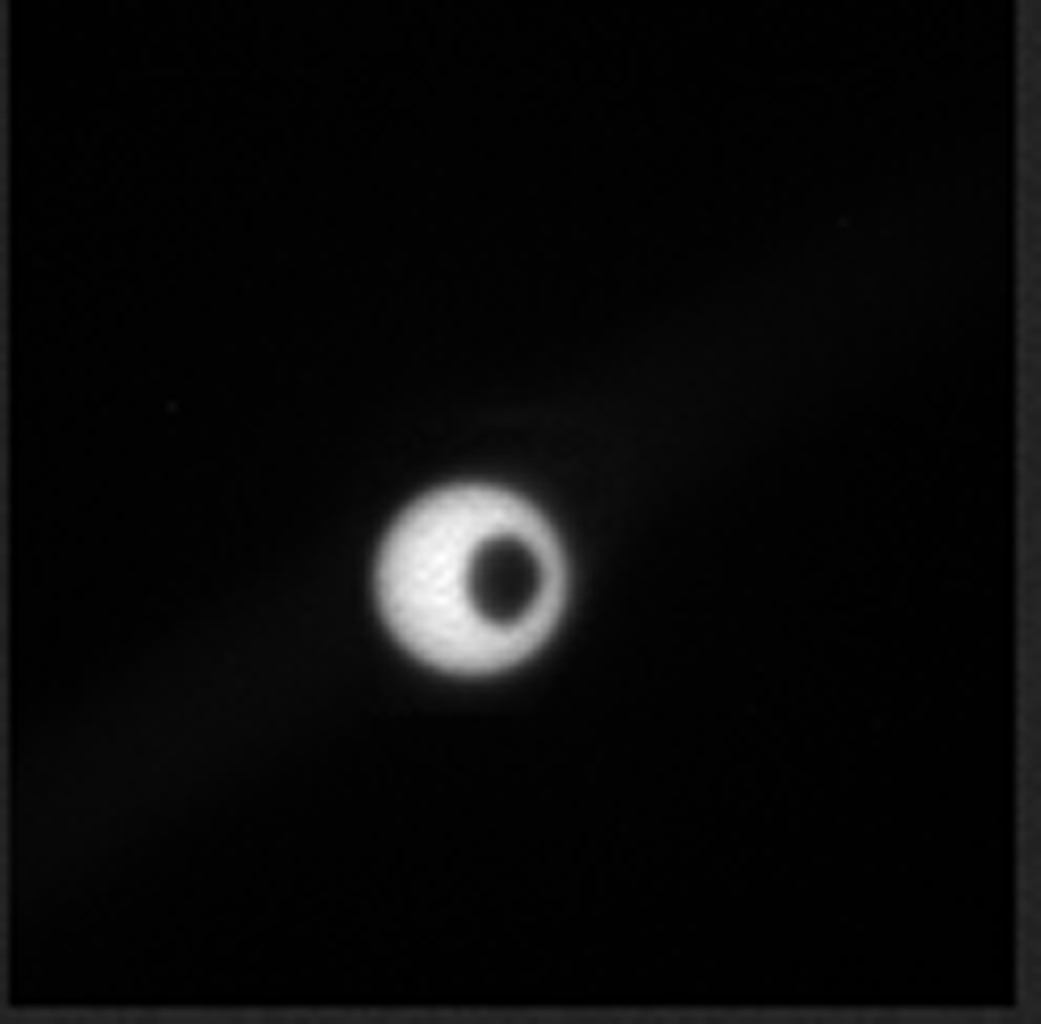
Several bits and pieces to talk about today. First, I was nominated in one of these “post seven lines from page seven of your current Work in Progress” challenges. It’s always a bit tricky picking out where page seven is, since I write initially for Kindle. But what follows is a fair guess. The story is (provisionally) called Timing. It opens with Mitnash and Slate back on the Scilly Isle asteroids, having just come in from a long and seemingly dull trip out to one of the moons of Jupiter. They are at Frag Rockers Bar with their friends, and one of them has just mentioned a leaflet which appeared recently, circulated by a group called Robin’s Rebels which Mitnash has never heard of.
Eibhlin took the leaflet from Rydal.
“Here, listen. ‘We are the voice of the downtrodden poor. Financial oppression is slavery; deals and investments are today’s whips and chains. But we speak for freedom and justice, and we have the technical talent to fight back. We will strike again and again at these parasites until the entire system is destroyed, root and branch. We will force out those who grow rich from others by means of clever financial tricks, and make them work at honest labour. You do not know us yet, but you will know us soon.’ Then there’s quite a bit more, all much the same.”
Finn was reading over her shoulder.
“Sounds like they’re up for a fight. Do you think they’re for real or just making noise?”
Robin’s Rebels feature prominently in Timing, along with several other old friends and adversaries – and new ones. As well as on the Scilly Isle asteroids, some of the action takes place on Mars and one of its moons, Phobos. All being well, you will find out more about all this towards the end of the summer…

As well as that, Far from the Spaceports has appeared in several reviews and interviews, which has been very gratifying. There has been something of an international flavour here. Sruti’s Book Blog, over in India, carried a review and two-part interview, which can be found at:
What was interesting about the book besides the awesome set up, and the background, was the author keeping in touch with the subtle ways of humans, way into the future.
Of course, there is fraud and there are people investigating it, but he manages to grab the reader’s interest, right at the start. How do the two of them manage to solve the mystery? How does it all work, in an environment that is so different from ours?
Then we move to Latvia, where Arnis Vēveris reviewed Far from the Spaceports on his blog. He kindly provides an English translation along with the Latvian. Among other things, he wrote:
“Wonderful atmosphere, great dynamics between characters and good mystery about the financial case”.
Then finally it was over to the US of A for an author interview with Don Massenzio, including an extract featuring the Frag Rockers Bar, my favourite hangout on the Scilly Isles. This starts with some easy questions like
DM: Can you summarise your book in one sentence?
RA: A human-AI partnership tackles hi-tech financial crime among the asteroids.
and then moves through several other questions to finish with the extract I mentioned.
